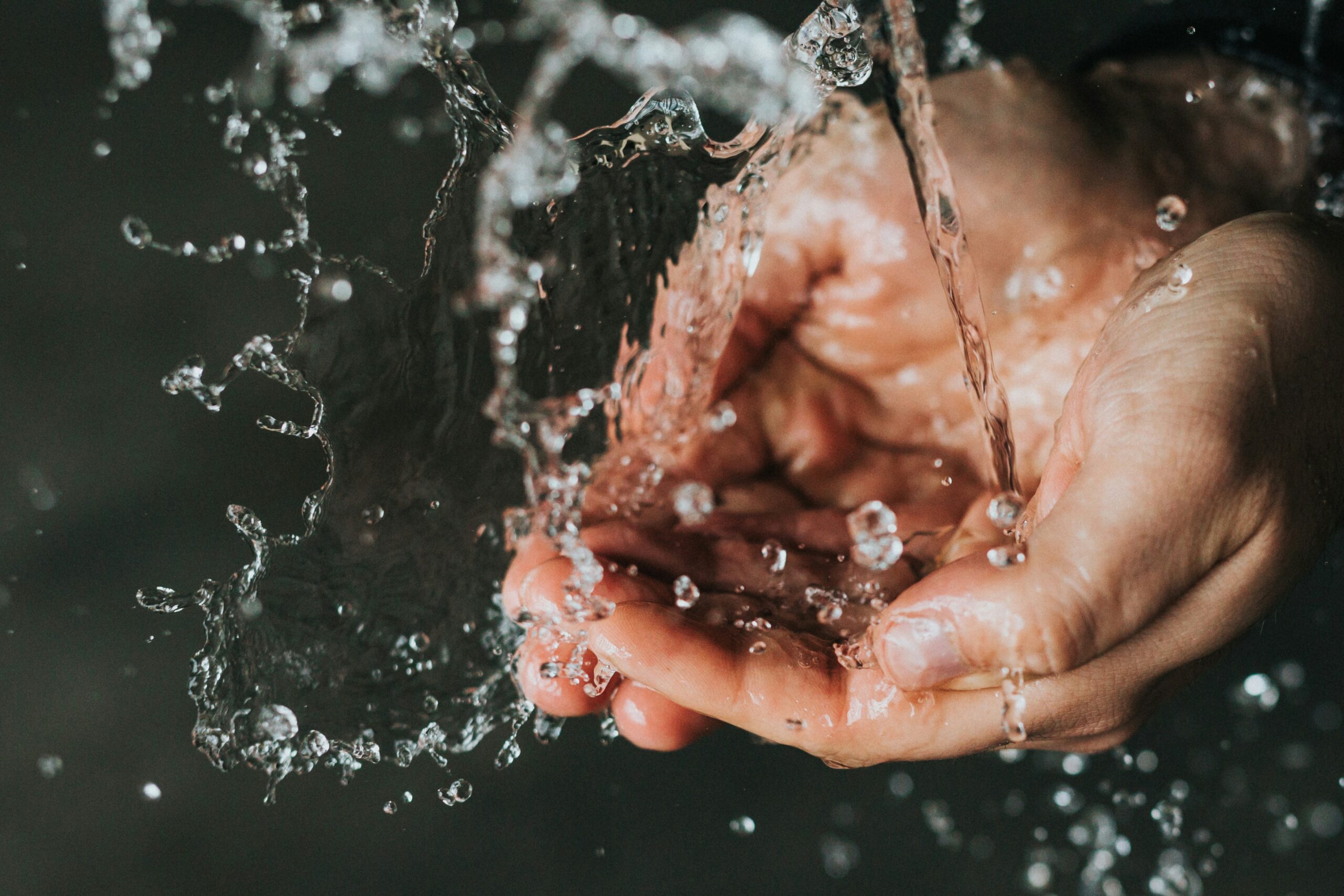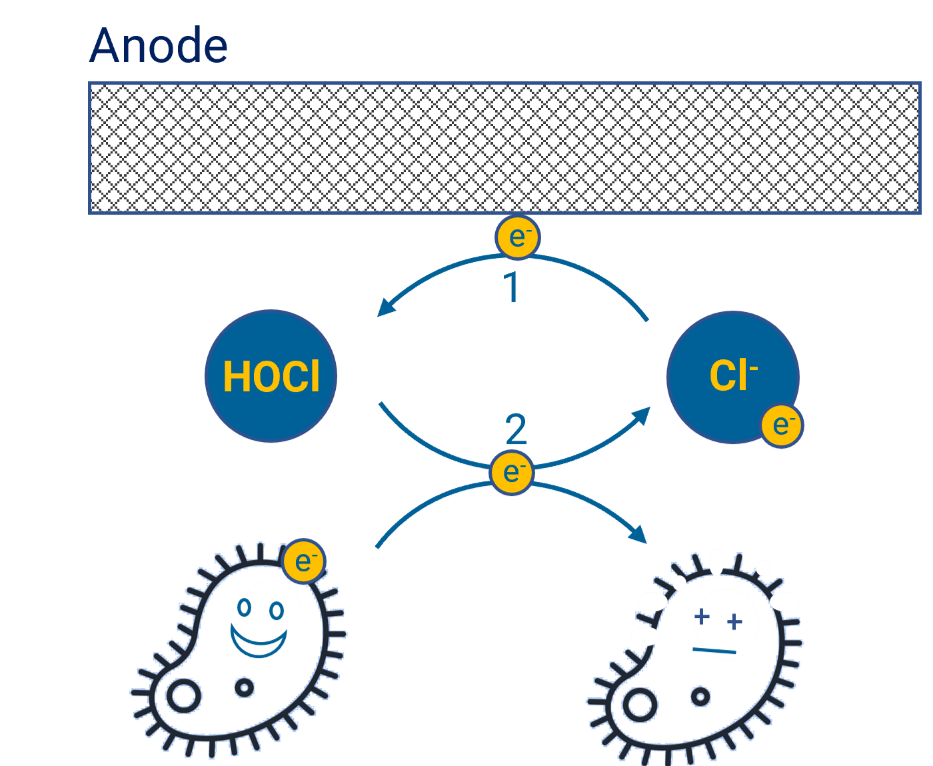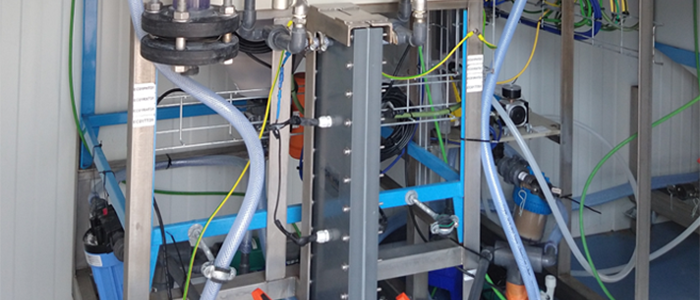
OUR SOLUTIONS
Disinfection
Electrochemical chlorine production allows to produce an active disinfectant from salt (sodium chloride) that can be naturally present in the water or can be dosed. Electrochemistry allows to produce the required chemicals in the quantities and at the time that are required for consumption, eliminating the need for storage and transportation of hazardous chemicals and the associated safety risks, which leads to a better user experience.
How it works

Water disinfection is the process of removing, inactivating or killing microorganisms from water, and is usually achieved through the application of oxidizing chemicals such as chlorine or ozone that are dosed to the water. Electrochemical water disinfection is a process in which the oxidants are produced in the water by applying electricity instead of dosing chemicals. By passing the water through an electrochemical disinfector and applying electricity, redox reactions on the surface of the electrode supply oxidants to the water. One of the targeted reactions is the oxidation of chloride ions, naturally present in the water or supplemented by dosing NaCl to the water. This produces active chlorine (reaction 1 in the figure), which acts as a carrier and eliminates microorganisms by giving off its oxidative power upon contact and returning to the chloride salt form (reaction 2 in the figure). Recontamination of the water can be prevented by allowing some residual chlorine in the water.
We apply electrochemical disinfection for:
- disinfection and cleaning of ultrafiltration membranes
- disinfection of treated grey water or process water before reuse
- disinfection and discoloration of rain water, e.g., before use as flush water
Our solutions and collaborations

Disinfection of reuse water for the wine sector
Increasing periods of drought urge farmers towards local reuse of water. Viticulture is a particular example where the processing of the grapes for wine production happens on or close to the farm and is water intensive. The reuse of that water for irrigation after collection and treatment can offer a solution towards the drought. However, recontamination the treated water during storage between treatment and use limits the applicability.
We have developed a solution in which the stored water is disinfected in an electricity-driven process, and the water quality is monitored throughout the storage period. The water is automatically re-disinfected when the quality decreases. Thus, the water quality is stabilized.

ELECTRODIS – on site electrochemical acid and base recovery from RO brine
HYDROHM is developing a flexible electrochemical system, ELECTRODIS, producing acid, base and a hypochlorite solution at the desired strength, starting from reverse osmosis brine, enabling membrane cleaning with zero chemical input.
